Podcast: Play in new window | Download
Subscribe: RSS
Celebrate the 200th Episode of Live at the Hive with us as we dive into the power of combining your paid and organic marketing channels, including how to track their performance,
So you can optimize for the most conversions.
But before that, let discuss:
What’s New?
What’s new in Marketing?
Google’s saying bye to last-click attribution – Google is replacing last-click attribution as the default setting for advertisers measuring campaigns across search, shopping, display, and YouTube ads with data-driven attribution.
Halloween for Brands: All Treats, No Tricks – Halloween is a time for creativity to run wild, and that makes the holiday a perfect fit for TikTok because getting creative and having fun
Instagram Adds Live-Stream Scheduling to Drive More Awareness and Viewers – Instagram has added a new option to schedule upcoming IG Live broadcasts in the app with users then tap through to get a reminder notification on the day of the broadcast.
Facebook Will Now Count Unconnected Facebook and Instagram Accounts Separately in Ad Reach Data– The Social Network has announced that it will begin counting people who’ve not connected their Facebook and Instagram accounts in its Accounts Center as separate entities for ad purposes.
Launching Reels on Facebook in the US– Bringing short form, entertaining video experiences and tools that have inspired creators on Instagram to more creators and audiences on the Facebook app
Twitter Tests Ads in Tweet Replies, Which Could Provide New Opportunities for Brands and Creators – Twitter’s looking to expand its ad inventory with a new placement option within the reply threads of tweets.
What’s working?
Like coffee and cream.
Fall and pumpkin spice.
Movies and popcorn.
When combined, organic and paid marketing efforts will produce better results for your business.
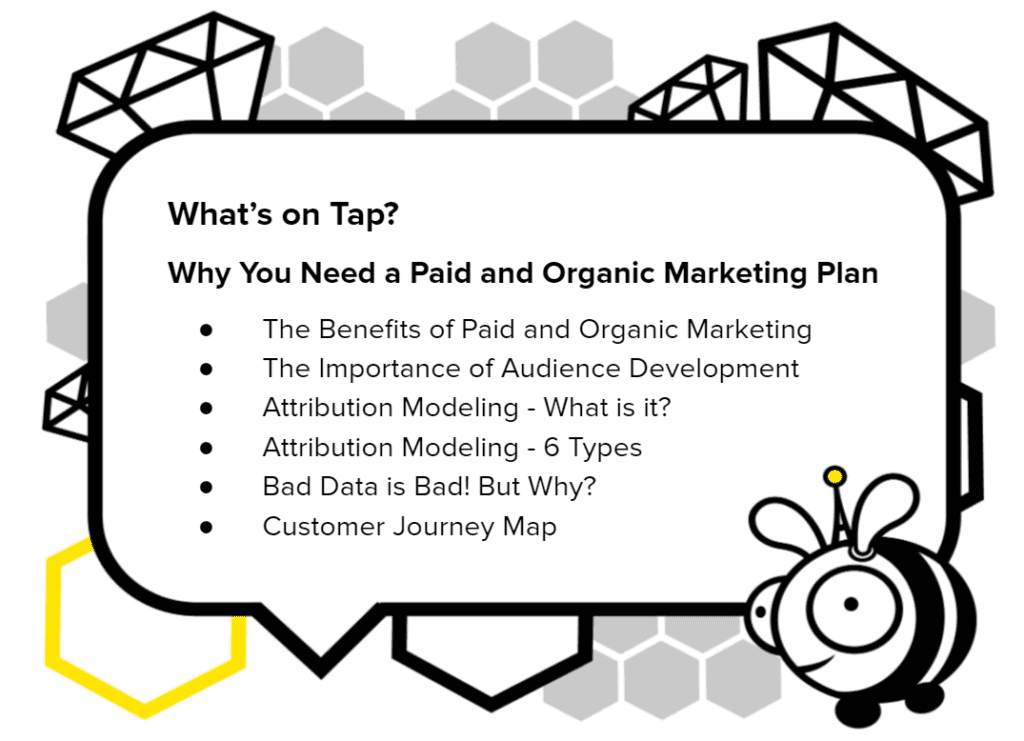
But the key to your success will be tracking all of those channels accurately from the first touch to final purchase with the correct attribution model.
Let’s get started!
Organic and Paid – They’re Better Together
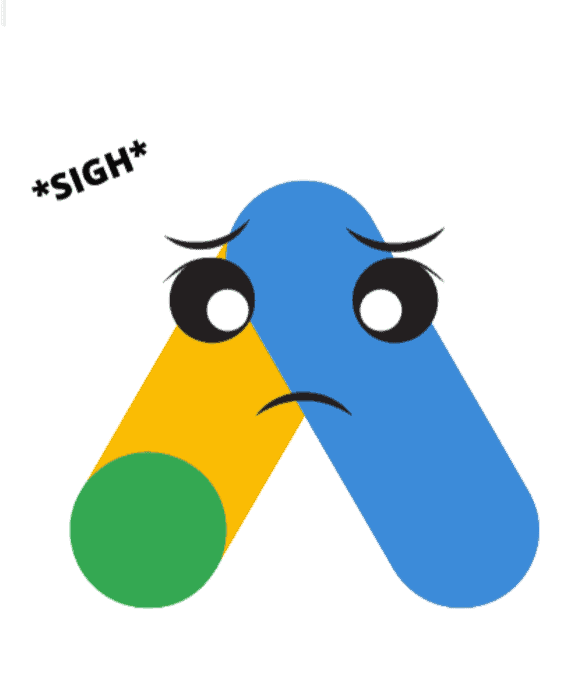
If you’re doing one without the other, you’re missing half of your strategy.
Organic needs the impressions and reach that paid advertising provides to grow your audience and engagement.
Paid advertising can reach new people, but high-quality organic content needs to make them care and convert.
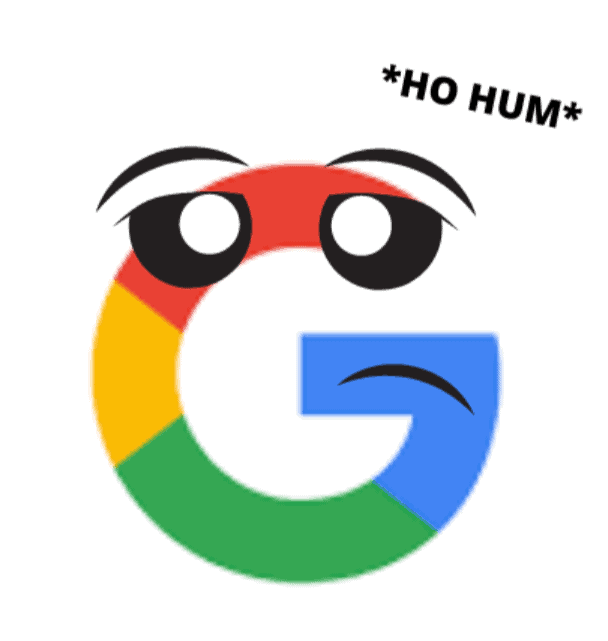
The Benefits of Paid and Organic
When you use paid and organic channels together, you strengthen brand recognition, increase the number of potential touchpoints for a prospect, improve your reach, and build larger audiences.
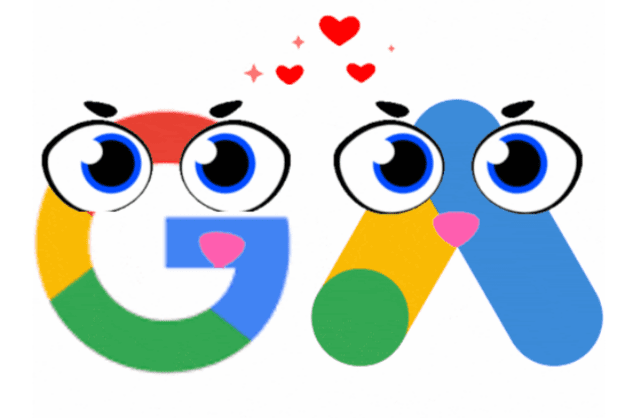
When you track them accurately, you’ll be able to see which channels are contributing to your leads and sales and by how much. Then use that precious data to optimize and scale.
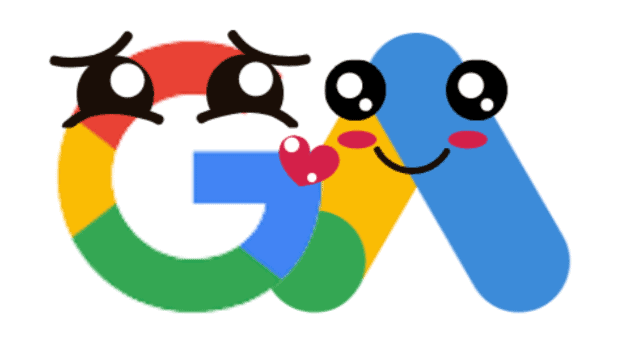
The Importance of Audience Development
Audience development encompasses a broad umbrella of tasks that help grow and nurture your audience.
Benefits of Audience Development:
- Build Relationships
- Gain More Customers
- Increase Engagement
- Customer Retention
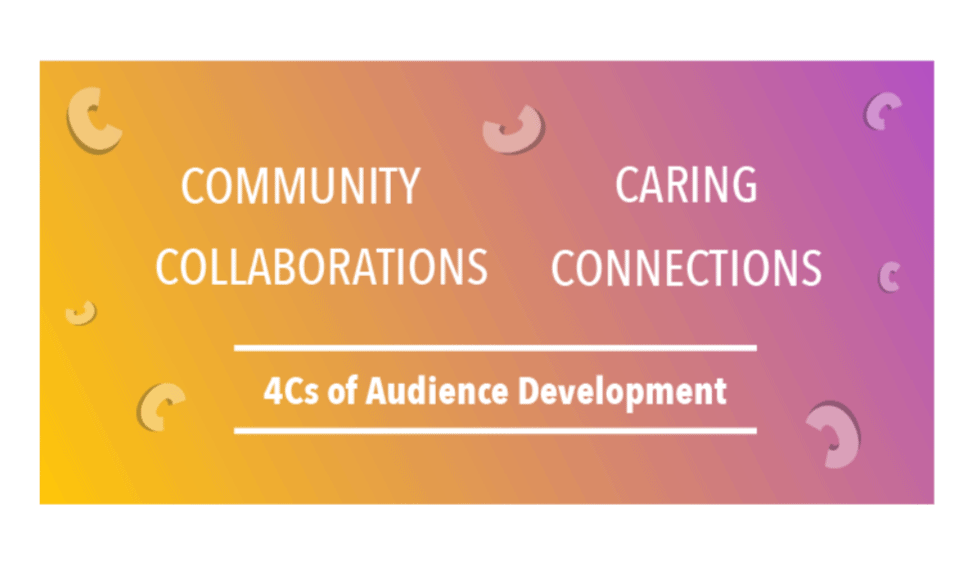
What is Attribution Modeling and How Does It Work?
“I just heard about this new company, I think I’ll buy from them right away.” – Said no one ever
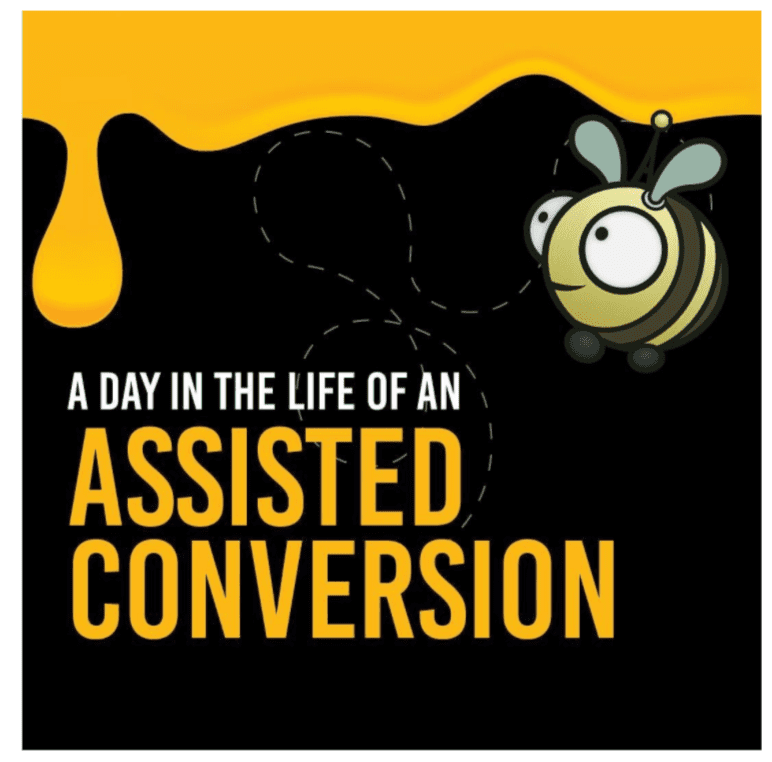
The customer path is never straight.
They will likely engage with several of your marketing communications before they reach a purchase. That’s why you need to:
- Make sure your channels are working together.
- Attribute the proper value to each channel depending on their performance.
With a proper omnichannel marketing strategy, your channels work together to strengthen your marketing funnel.
Which Channel Converted Benny Bee?
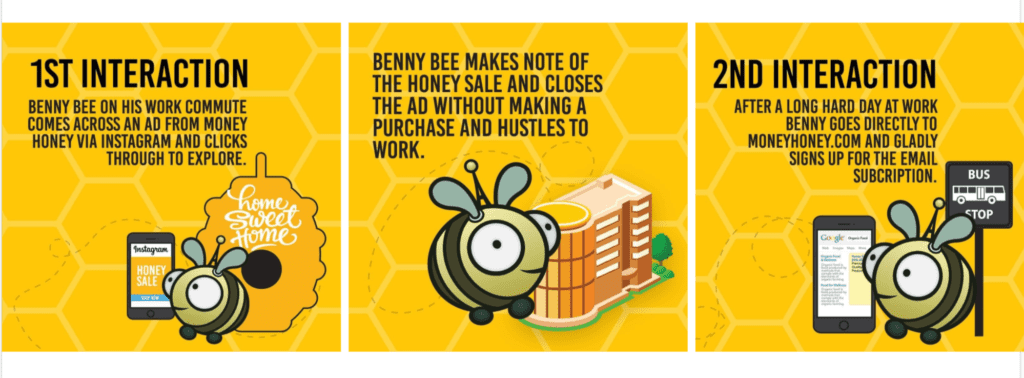
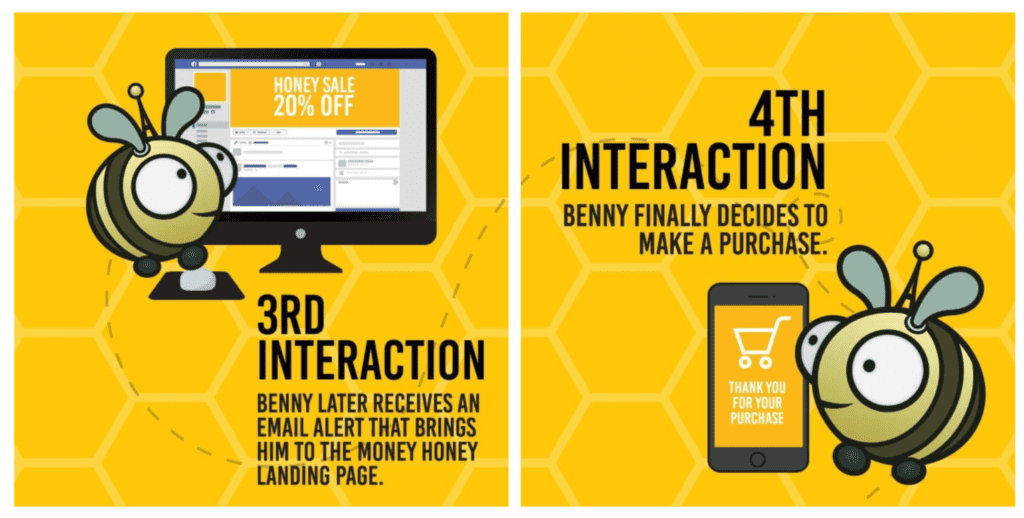
They all did.
That’s why you need an attribution model.
Attribution Models: Last Interaction
Last Interaction, also known as Last Touchpoint or Last Click, is one of the most commonly used attribution models.
It gives 100% of the credit to the last Interaction your business had with a lead before converting.
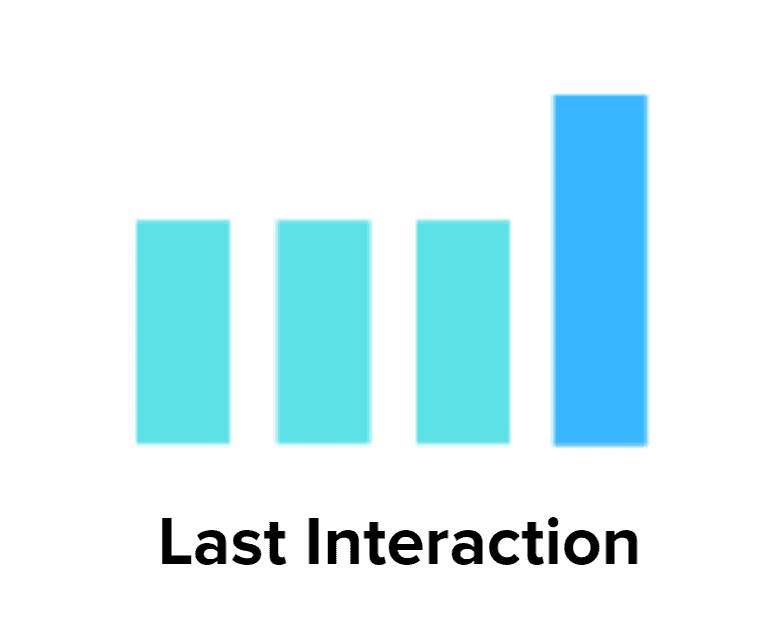
Last Interaction attribution is the simplest to implement and evaluate, making it a popular choice.
The downside is it ignores everything that happens before the final interaction. Many marketers have abandoned this model for more data-driven options.
Attribution Models: Last Google Ads Click

The Last Google Ads Click model attributes 100% of the conversion value to the last Google ad that the user clicked before buying or converting.
- Useful when you are trying to identify which of your Google Ads have the highest conversion rate.
- Typically only used when comparing Google advertising channels (Search, Display, GMB, etc.)
- A good model for more straightforward ad campaigns, but the more complex attribution models offer a more accurate, omnichannel view.
Attribution Models: Time Decay
Time decay attribution is a multi-touch attribution model that assigns more credit to touchpoints the closer they are to conversion time vs. those that occurred at the start of the customer journey.
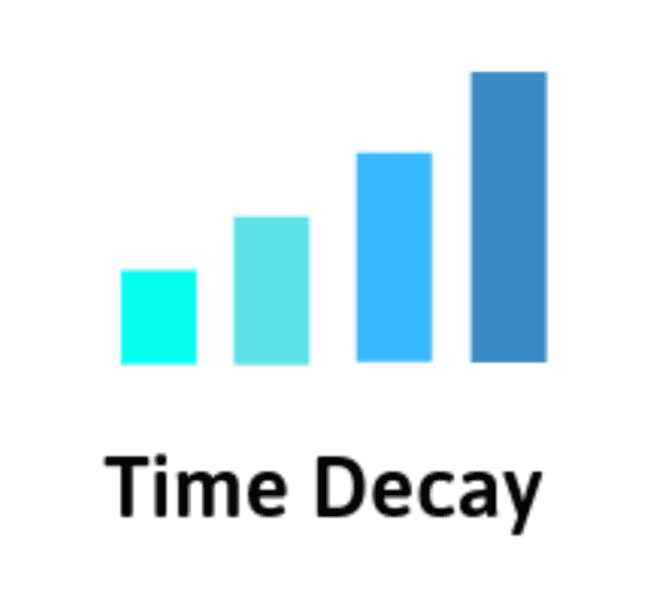
- If relationship-building is a significant factor in a business’s success, using Time Decay attribution can be a helpful way to conceptualize that (For example, a longer sales cycle with B2B products.)
- The drawback is it minimizes the effect of top-of-the-funnel marketing channels.
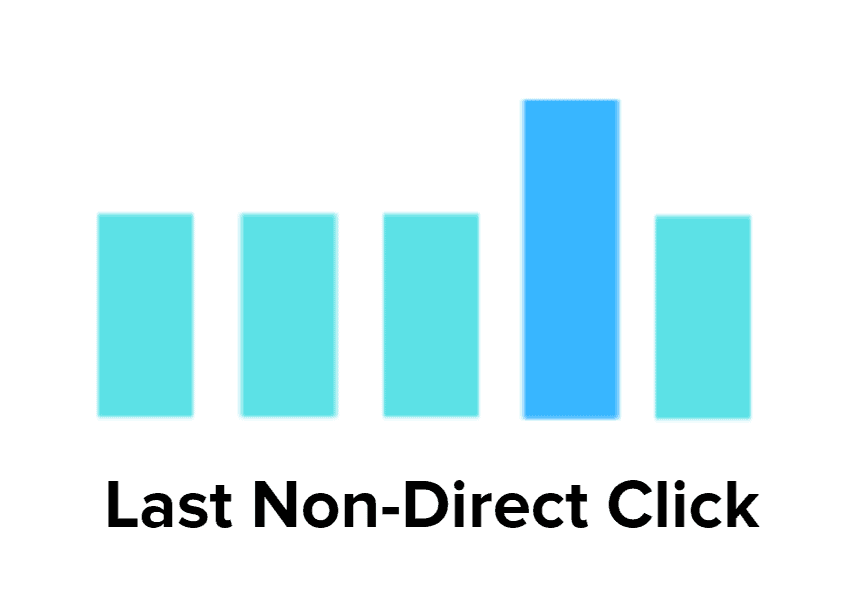
Attribution Models: First Interaction
The First Interaction Attribution Model (aka First Click) assigns 100% of the credit to the channel where the person first engaged with your business.
- This model is useful for demand generation, optimizing your marketing funnel, and adjusting your budgets and resources.
- The downside is it ignores the channel that ultimately drove the conversion as well as each interaction after the initial touch, favouring top-of-funnel activities.
- Not ideal for conversion optimization as it leaves a gap in the data and customer journey.
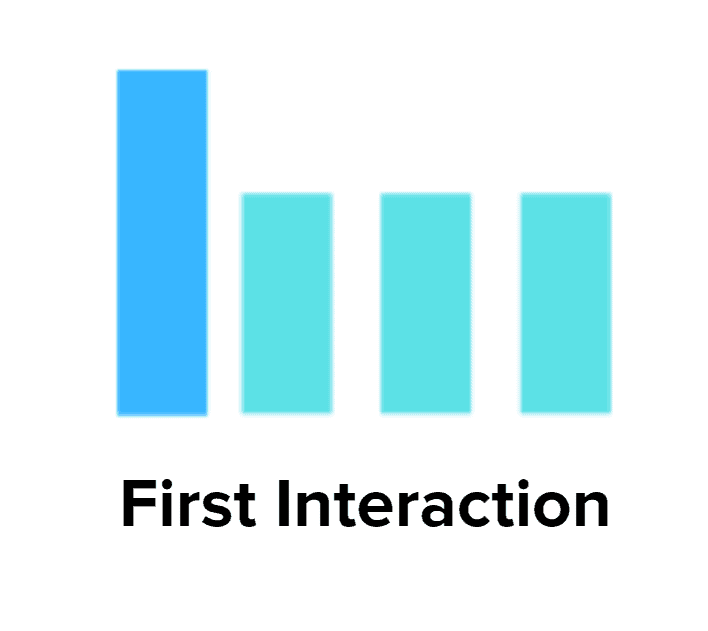
Attribution Model – Linear
The Linear attribution model assigns credit evenly to every marketing touchpoint throughout the entire customer journey.
It’s the first step towards multi-touch attribution.
- Helpful in optimizing your customer journey and marketing funnel instead of solely focusing on conversions.
- Because every channel receives equal credit, you lose some of your data and the ability to optimize for specific outcomes.
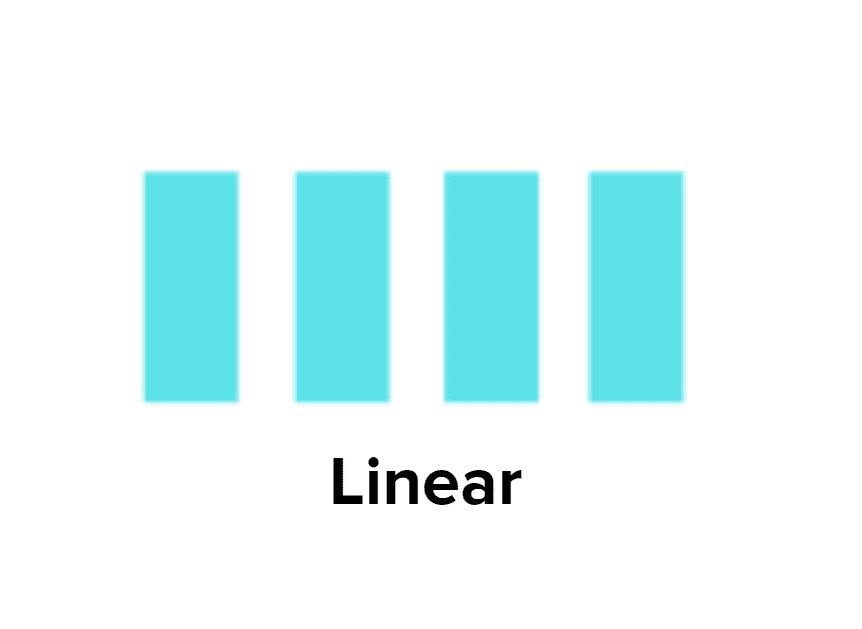
Why Bad Data is Really Really Bad for Businesses
With inaccurate data, you can quickly fall down a rabbit hole of wasted resources, hours, and advertising spends.
If you don’t know which channels are converting, how will you know what to optimize?
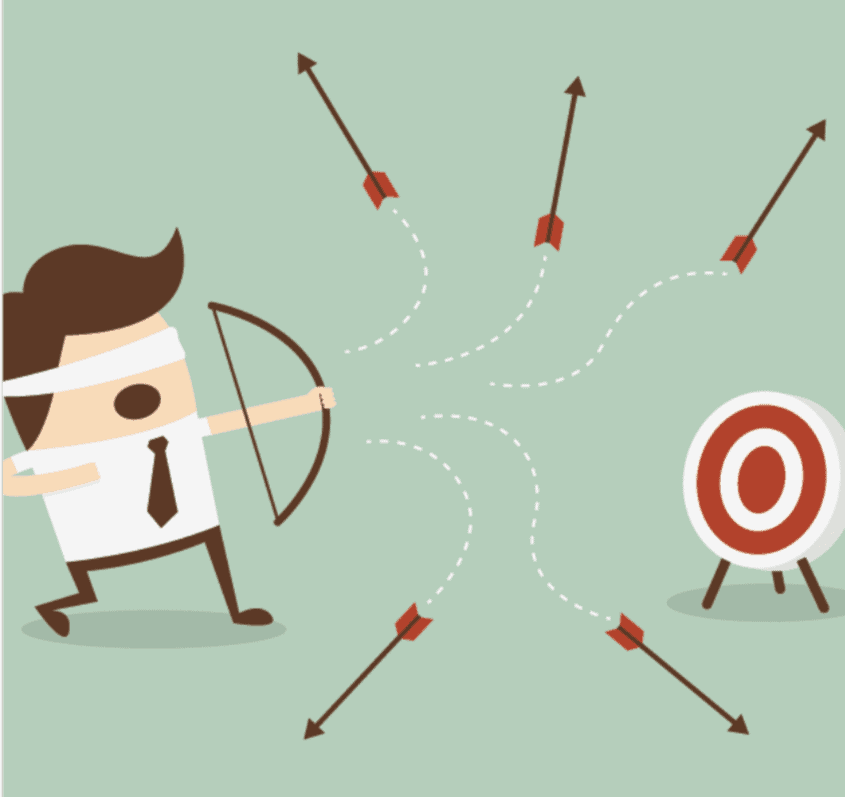
You’ll be shooting in the dark.
Take the time to set up your tracking, analytics tools, and reports ahead of time with the suitable attribution model for your business; this is an essential step for successful campaigns.
Mapping the REAL Customer Journey
Once you have the correct data and an accurate attribution model, you can map and optimize the REAL customer journey – not the one you’d like them to take.
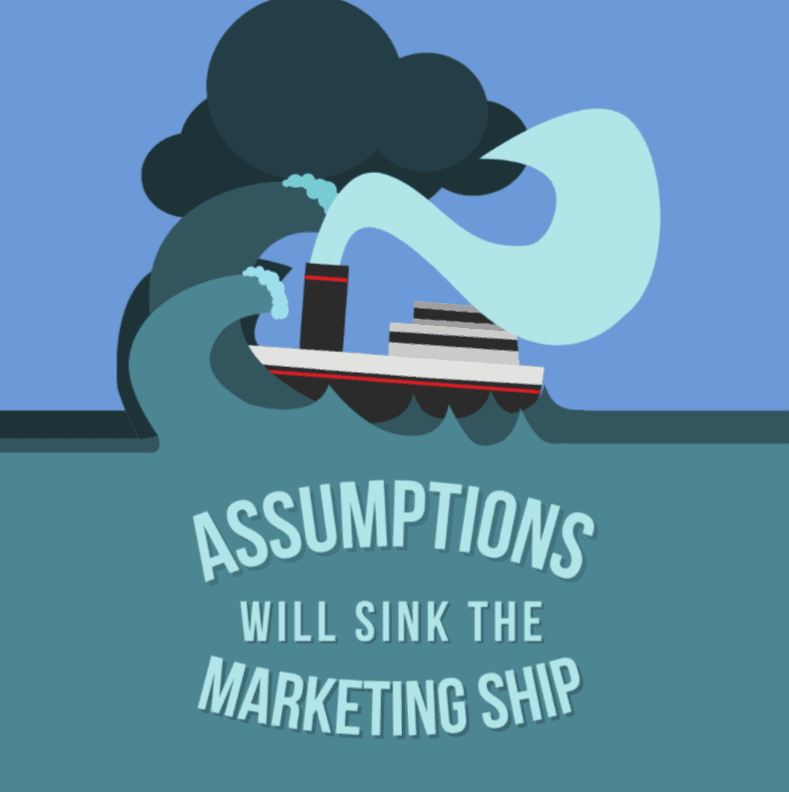
This data will help you answer questions like:
- What do your buyers actually want?
- How do they feel when they interact with your brand?
- What level of trust do they need to make a purchase?
A customer journey map is also great for:
- Viewing your brand from multiple points of view
- Identifying and understanding pain points
- Creating solutions to improve the overall journey
Wrapping it Up
Ultimately, limiting your focus on paid vs. organic media is an unrealistic choice to make.

Realizing that these strategies have substantial benefits when working hand in hand allows you to propel your business in the right direction while increasing brand awareness and instilling confidence in your customer!
We hope you enjoyed understanding why organic and paid work together. If you’re looking for more great content, check out some of our other reads below:
Designing for Users – A User-Centric Approach
Using Email to Attract, Engage and Retain Customers
How to Repurpose Long Form Video for Social Media

